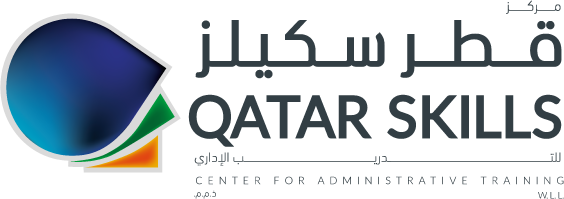array (
'course-city' =>
array (
0 => 48,
177 => 90,
226 => 77,
336 => 106,
371 => 107,
445 => 72,
486 => 108,
528 => 109,
551 => 110,
582 => 111,
604 => 71,
639 => 112,
673 => 78,
708 => 113,
798 => 70,
818 => 114,
875 => 115,
877 => 127,
910 => 116,
1054 => 117,
1226 => 118,
1324 => 91,
1402 => 119,
1492 => 120,
),
'course-language' =>
array (
0 => 49,
706 => 126,
),
'types' =>
array (
0 => 81,
),
'course-category' =>
array (
0 => 67,
127 => 64,
128 => 65,
129 => 58,
130 => 59,
131 => 66,
132 => 125,
133 => 60,
134 => 61,
135 => 123,
136 => 46,
137 => 51,
138 => 62,
139 => 85,
140 => 83,
141 => 76,
144 => 99,
145 => 57,
146 => 63,
149 => 97,
152 => 98,
157 => 124,
158 => 103,
159 => 104,
160 => 105,
161 => 55,
162 => 75,
163 => 53,
164 => 56,
172 => 100,
174 => 101,
178 => 122,
191 => 121,
240 => 102,
),
'course-type' =>
array (
0 => 73,
),
)Finance for Non-Finance
Course Overview:
This course will raise the level of financial awareness of participants, they will learn to apply the fundamentals of finance to improve budget management, and assess the financial performance of business activities.
Participants also will understand the terminology used by accounting and finance staff and will feel more confident when being involved with them or using them.
Course Objective:
Upon completion of the course, the trainee will be able to:
- Understand key components of financial statements balance sheet, income statement, cash flow and changes in owner equity
- Understand financial terms such as profit, margins and leverage used in organizations
- Interpret the financial health and condition of a company, division or responsibility centre and use financial information for management and evaluation
- Distinguish between accounting and finance and explain the finance role in running businesses
- Prepare a budget and relate it to the organization’s strategic objectives
- Apply capital budgeting techniques and cost-volume-profit analysis to enhance decision-making.
Who Should Attend?
Managers, supervisors and staff from any function including finance who need to improve their understanding and usage of financial information.
Course Content:
Module (01) Accounting and Finance Overview
1.1 The concept and role of finance and accounting
1.2 Finance and accounting in banking field
1.3 Understanding the language of finance and accounting
1.4 How financial transactions are recorded-process, sub process and transaction flows
Module (02) The Business Model
2.1 How money flows into the business
2.2 Sources of long term finance –debt and equity
2.3 The difference between turnover, cash and profit
2.4 Practical exercise
Module (03) Understanding key components of financial statements
3.1 Income statement
3.2 Balance sheet
3.3 Cash flow statement
3.4 Practical exercise
Module (04) Analyzing and interpreting financial statements
4.1 Evaluating the financial health of a company
4.2 Ratio analysis: profitability, efficiency and liquidity
4.3 Reading through the numbers and understanding trends
4.4 Practical exercise
Module (05) Working capital management and the cash cycle
5.1 The importance of cash cycle
5.2 Managing receivables, inventory and payables
5.3 Sources of short term finance
5.4 Practical exercise
Module (06) Management accounting and decision-making
6.1 Break-even analysis
6.2 Cost behavior
6.3 Pricing strategies
Module (07) Planning, budgeting, cost control and forecasting for organizations
7.1 Understanding the budgeting, cost control and forecasting process
7.2 Motivation and the behavioral aspects of budgeting
7.3 Budgeting and forecasting exercise in excel
Module (08) Capital projects
8.1 The time value of money
8.2 Investment appraisal techniques
8.3 Discounted cash flow
8.4 Net present value
8.5 Internal rate of return
8.6 Practical exercise



